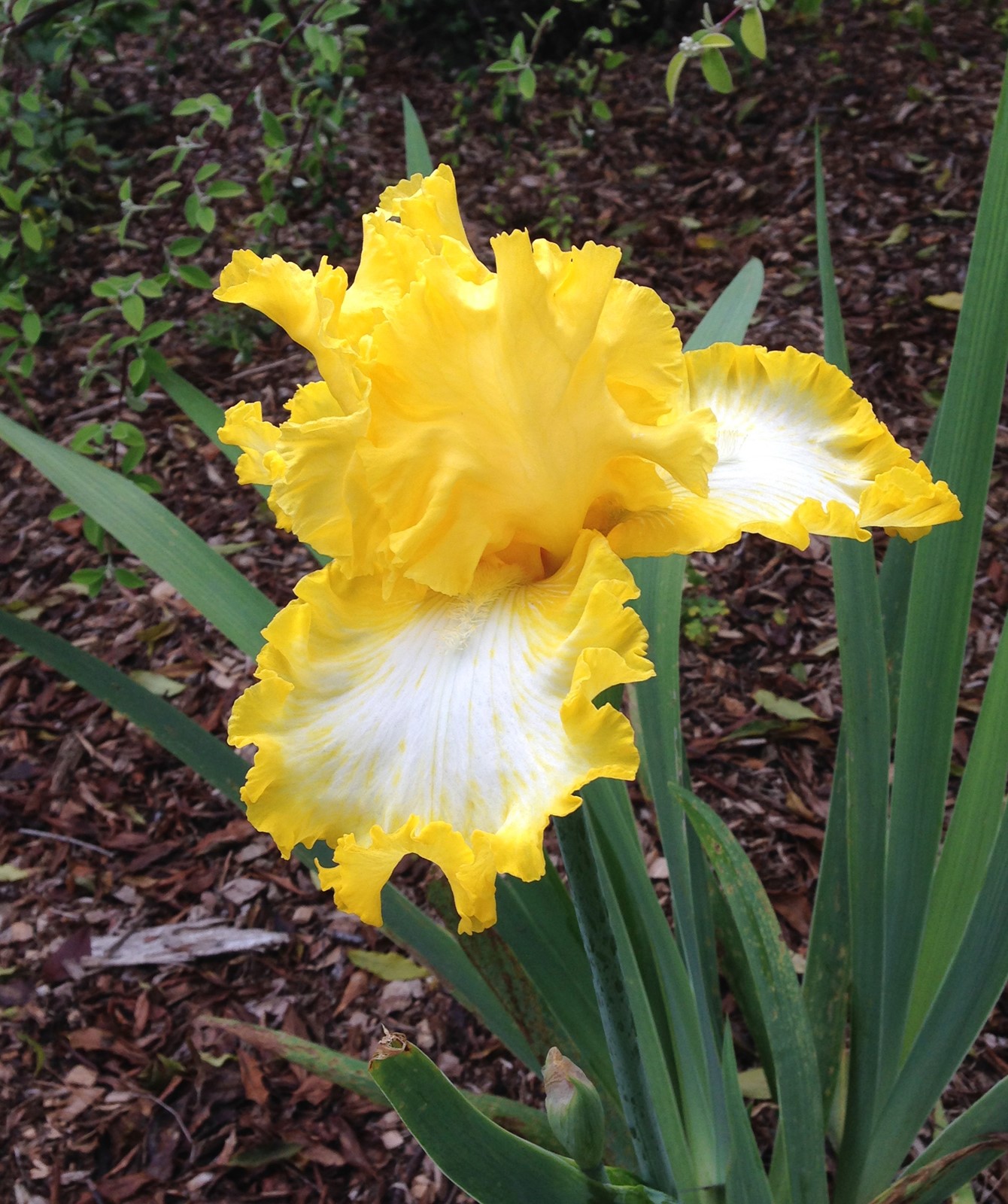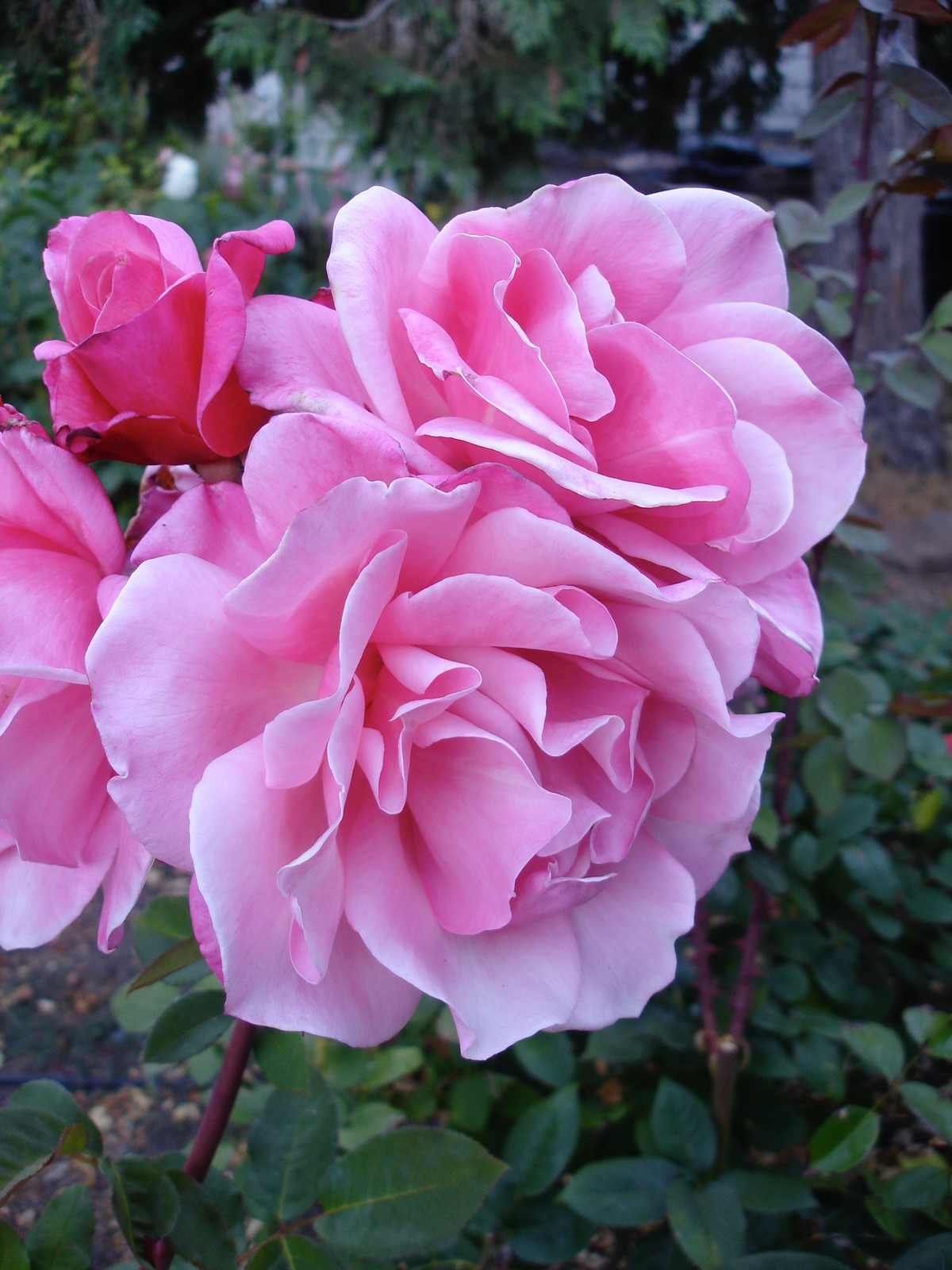

Today’s column is on ways to learn more about the plants in your garden. Our recent column was on determining a plant’s botanical name, which is the key to finding detailed information on the plant. To review that column, browse to tinyurl.com/4un9kzvp.
Today’s photos are selections from my list of the five most popular garden plants, representing this column’s sub-topics. The descriptions are from online sources, as identified. Each of the five plant categories includes many members, so the accompanying photos serve as markers of the larger group.
Once a gardener has the binomial botanical name of a specific plant, he or she might want to decide on landscaping options or cultivation recommendations. Plants within a genus could vary significantly in height and width, exposure, moisture level, and other factors.
Then, plants within the same genus and species can have individual characteristics. These might be natural variations including mutations with appeal as garden subjects. Growers welcome such chance discoveries and propagate the plant for introduction into the plant world with a cultivar name in single quotes. The accompanying photos are examples. Generally, selected cultivars are treated the same as other plants with the same botanical name. Some variations will revert over time to the natural form. For example, foliage variegation could revert to normal green to increase the production of chlorophyll.
Finally, there are hybrid plants, which combine the desirable characteristics of two or more compatible plants. Hybrids are most often between two or more species within the same genus, and can sometimes be between two related genera. This is uncommon. For example, the mangave was first regarded as a cross between the genus Agave and the former genus Manfreda. Manfreda is now included in the genus Agave so that generic name is obsolete.
Hybrids might be favored for blossom coloration, size, or quantity, and could also have less obvious traits, such as sturdy growth, resistance to pests or diseases, plant size, etc.
Hybrid cultivars, like selected cultivars, are identified with a name in single quotes. The botanical name could include a reference to the parent plants, e.g., “Plant A x Plant B,” or just “x,” without naming the parents.
Hybrid plants are generally treated like their parents, or sometimes mid-way between the traits of their parents.
The full names of both selected and hybrid cultivars can be interesting to all gardeners, because they provide unique names for similar plants. These names are especially important to plant collectors, who enjoy building collections of variations within the same species.
The plant world includes an enormous range of plants that might be found in private gardens, so as a practical matter we will focus on the most popular garden plants. As noted previously, my list begins with three generic groups (dahlias, irises and roses) that have growing numbers of varieties selected or hybridized by growers for blossoms that appeal to gardeners. The list then adds two multi-generic groups (California natives and succulents) that are favored by Monterey Bay area gardeners in part because of their compatibility with the region’s climate.
If you favor a different list of the most popular garden plants, that’s OK, because such lists are personal preferences, not scientific truths.
We’ll also include notes about plants other than these five categories.
Dahlias
The genus Dahlia has an impressive range of variations, so identifying a particular plant can require a bit of time. If you retained the cultivar name of a dahlia when you acquired it, keep a record for future reference. To identify a unknown dahlia, visit the American Dahlia Society’s Online Classification Guide (www.dahlia.org/docsinfo/ocg/) and review the class, size, form and color definitions by clicking the links at the top of the page. Then, enter what you know about the dahlia of interest in the related search windows and click “search.” The OCG will then list cultivars that match your entries for class, size, form and color, drawing on its 1976 database of 10,000+ cultivars. The database is not updated, so your more recent hybrid might not be included, but you could at least find similar cultivars.
Irises
The Genus Iris is also highly varied, and the American Iris Society’s Iris Encylopedia (wiki.irises.org/) is a powerful resource for identifying a plant of interest. Again, if you retained the cultivar name of an iris when you acquired it, keep a record for future reference. Begin your search by identifying which iris group to which your specimen belongs. This site presents images of typical blossoms in each group. When you know or think you know your plant’s group, click the link for that group on the left side of the webpage. That will lead to an alphabetical list of cultivar names for plants in that group. If you have a plant’s cultivar name or part of that name, you could rummage through the alpha list. You can also search by hybridizer name or other special topics of interest. Sadly, the Iris Encyclopedia does not support searches by blossom color(s), which vary greatly across the world of iris cultivars.
Roses
A good beginning is available from the American Rose Society’s Modern Rose Database (www.modernroses.org/search.php), but only when you know the name of your rose. As with other popular plants, make a record of a rose’s cultivar name when you acquire it.
With this search tool, enter the name of your rose and wait for the system to function (it’s a little slow). The result is a summary description, and a link to additional details.
Other resources include The Handbook for Selecting Roses, which is available to ARS members, and the Combined Rose List: The International Rose Directory , which lists 16,617 rose varieties (www.combinedroselist.com/combined-rose-list.html).
The ARS has resources for selecting roses (www.rose.org/rose-for-your-garden).
California natives
The California Native Plant Society’s Calscape website (calscape.org/) provides essential information on a database of nearly 8,000 plants that are native to California. Search the database by the plant’s botanical name, category (see list), or characteristics (click on “Advanced Search”).
Succulents
The Internet has multiple sources of botanical information about succulent plants, including cultivation recommendations. If you know the botanical name, search any of the following sites.
Success with Succulents, the website of author Debra Lee Baldwin (debraleebaldwin.com/); PlantzAfrica.com (pza.sanbi.org/) the website of the South African National Biodiversity Institute; Succulent Plants of the World, an iNaturalist website (www.inaturalist.org/projects/succulent-plants-of-the-world); The California Native Plan Socierty’s Calscape (calscape.org/loc-California/cat-Succulents/ord-popular); The Encyclopedia of Living Forms (https://www.llifle.com/Encyclopedia/CACTI/Family/Cactaceae/).
Other plants
Wikipedia.com, with solid info on any plant family or genus (search by botanical name);
More genus-oriented options are provided by American or international plant societies (search for a genus name plus “society”).
Some plant nurseries post useful information for popular garden plants or even species genera. Examples: San Marcos Growers’ Plant Database (www.smgrowers.com/); Flowers by the Sea (www.fbts.com/), which specializes in Salvias and a few other genera; Las Pilatis Nursery (www.laspilitas.com/), and the Theodore Payne Foundation (theodorepayne.org/).
As a last resort, conduct an Internet search for the plant by genus and cultivar name. Such searches will generate commercial offerings of the plant, often with “puff piece” descriptions and minimal cultivation information. Some larger online plant nurseries will also provide short video recordings on the cultivation of plants in which they specialize.
Search for plant information is part of successful gardening!
Tom Karwin is a past president of Friends of the UC Santa Cruz Arboretum and the Monterey Bay Iris Society, a past president and Lifetime Member of the Monterey Bay Area Cactus & Succulent Society, and a Lifetime UC Master Gardener (Certified 1999—2009). He is now a board member of the Santa Cruz Hostel Society, and active with the Pacific Horticultural Society. To view photos from his garden, https://www.facebook.com/ongardeningcom-
566511763375123/. For garden coaching info and an archive of On Gardening columns, visit ongardening.com. Email your comments or questions to gardening@karwin.com.


 PREVIOUS ARTICLE
PREVIOUS ARTICLE
